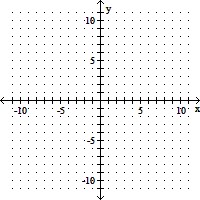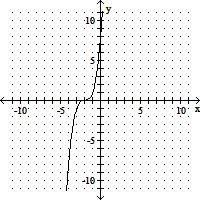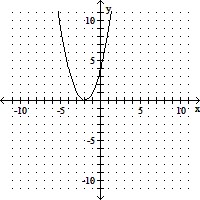Solve the equation f(x) = 0 analytically and then use the graph of y = f(x) to solve the inequalities f(x) < 0 and  f(x) = 5 log2 (2x) - 10
f(x) = 5 log2 (2x) - 10
A. {4}; (0, 4); [4, ?)
B. {2}; (0, 2); [2, ?)
C. {2}; (2, ?); [0, 2)
D. {2}; (-?, 2); [2, ?)
Answer: B
You might also like to view...
Use the method of undetermined coefficients to solve the differential equation.3 - 13
- 13 + 4y = xe-2x;
+ 4y = xe-2x;  = -
= -  and y =
and y =  when x = 0
when x = 0
A. y =  e4x -
e4x -  ex/3 -
ex/3 -  xe-2x +
xe-2x +  e-2x
e-2x
B. y =  e4x +
e4x +  ex/3 +
ex/3 +  xe-2x +
xe-2x +  e-2x
e-2x
C. y =  e4x -
e4x -  ex/3 +
ex/3 +  xe-2x +
xe-2x +  e-2x
e-2x
D. y =  e4x -
e4x -  ex/3 +
ex/3 +  xe-2x +
xe-2x +  e-2x
e-2x
Find the indicated probability.f(x) = e-x; [0, ?), P(x ? 1)
A. 0.3679 B. 0 C. 0.6321 D. The function f(x) is not a probability density function.
Calculate the arc length of the indicated portion of the curve r(t).r(t) = (5t sin t + 5 cos t)i + (5 t cos t - 5 sin t)j ; -1 ? t ? 4
A. 75 B. 37.5 C. 42.5 D. 85
Graph the function by starting with a function from the library of functions and then using the techniques of shifting, compressing, stretching, and/or reflecting.f(x) = (x + 2)3
A. 
B. 
C. 
D. 